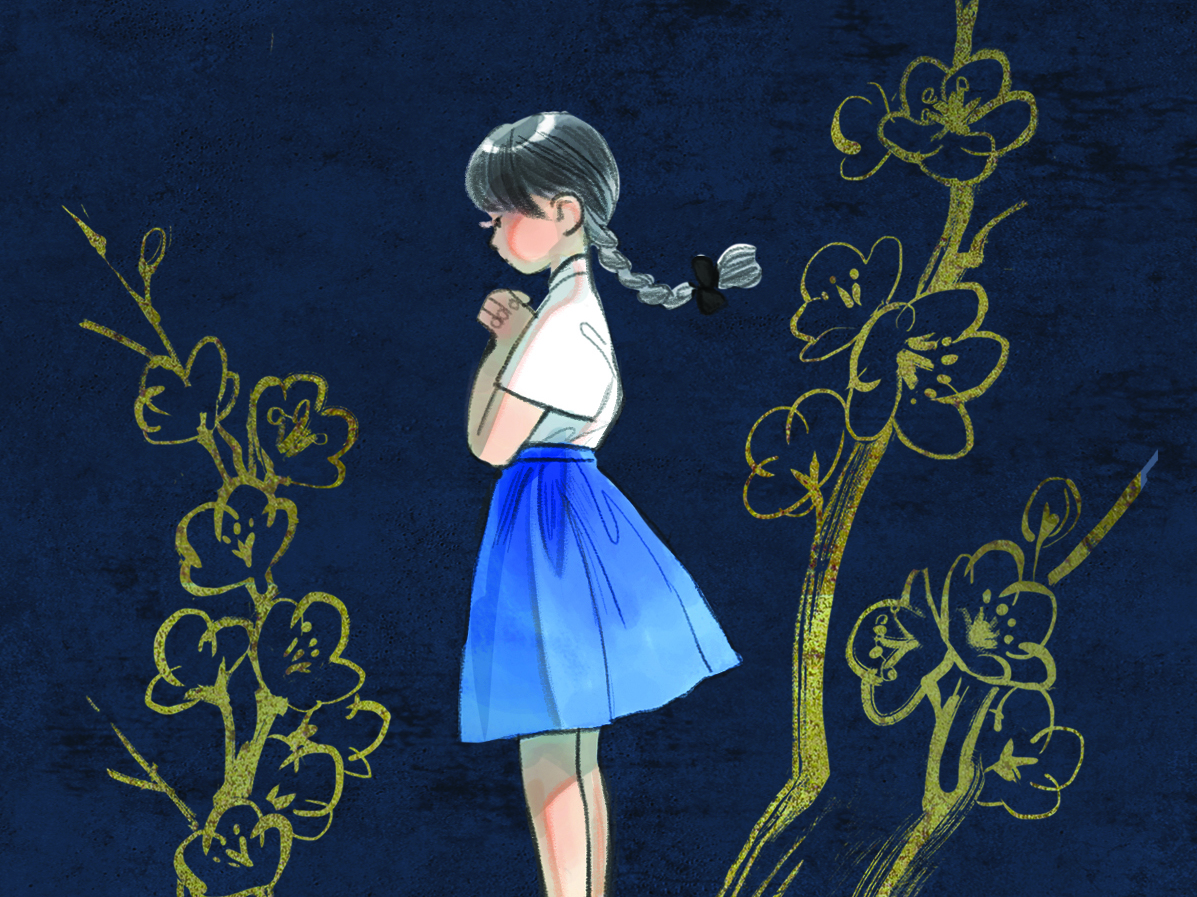When I typed the last few words of Dragonhearted, I knew that there was going to be a sequel. It came as a surprise because I did not plan for it to be that way. I do not know how to describe it but I can only remember writing it down and realising that I had more stories to tell with Xin Long and the gang. I didn’t quite know how the story would end, but I knew that this was going to be a trilogy.
I also had to deal with some uncertainties—was my publisher going to publish another book? Well, that all depends on book sales. I am glad that the book is doing well and that my publisher sees a future in publishing another sequel. I also have my editor to thank to be honest. She fights for my story and the stories that she wants to see published. Moreover, the people who I do school talks with say that they have to request reprints of my book, which is nice. I’m honestly grateful for the success that the book has brought me.
I started writing the sequel soon after the first book had finished and I was so fixated on the ideas centering around Chinese festivals and revealing the secrets of the many characters. That made me lose sight of what a sequel is and ought to be—there should be further character development from the main character and what the readers liked about the first book should remain. After writing the first draft, my editor told me that this was not the direction that the sequel should go in, and I agreed. Everything was flat and forced. I had written myself into a corner. The main character was insipid and whiny. It was back to the drawing board.
I am not a planner of a writer. I am a pantser. This term is used by one of my favourite writers, Brandon Sanderson, who can do both. Planners are people who outline and write down every single detail of what happens in the book. Pantsers write and see where the book takes them.
I wrote the first few versions of the sequel in order to eliminate what the sequel was and wasn’t. I envy writers who can look ahead and plan out every single detail in advance and somehow, the book turns out well. Pantsers like me take the slow and tedious route of writing out all possible versions and pick out the best one. It is through this repetition of walking down wrong paths do I find out what path my series is supposed to take.
In fact, when I was writing the first book, I did the same thing. The plot came to me in the form of short stories and what had happened to the character’s life in school. I had to put together the short stories that would make a cohesive whole.
So with the sequel, it was back to the drawing board. Or rather, notebook.
- I had to list down how Xin Long would be affected in the aftermath of the Nian and how the story would continue.
- I also had to list down what the demons were plotting and how they were going to carry out their plan.
- I also had to think about how the events of the first book shaped Four Eyes, Shu Ping, and her mother.
- I also had to tie up a few loopholes that occurred in the first book and provide an explanation for them.
All of these questions had to be answered before I embarked on the second first draft (does that make sense?) of the sequel and it was tedious, to say the least.
People like to think that writers seem to have all the answers and I think some writers are good at looking like they have all the answers. The truth is, I don’t. Doing the sequel was challenging because it required me to work on my main character’s growth—no mean feat—and find the motivations for the other characters as well.
But I am glad to say that this sequel is necessary, I think. I see that some stories have the sequels for the sake of having sequels and because the author has a large fan base. That’s not how I want to work and I’m glad I’m privileged to work with helpful people like my editor and in a way that works for me.
